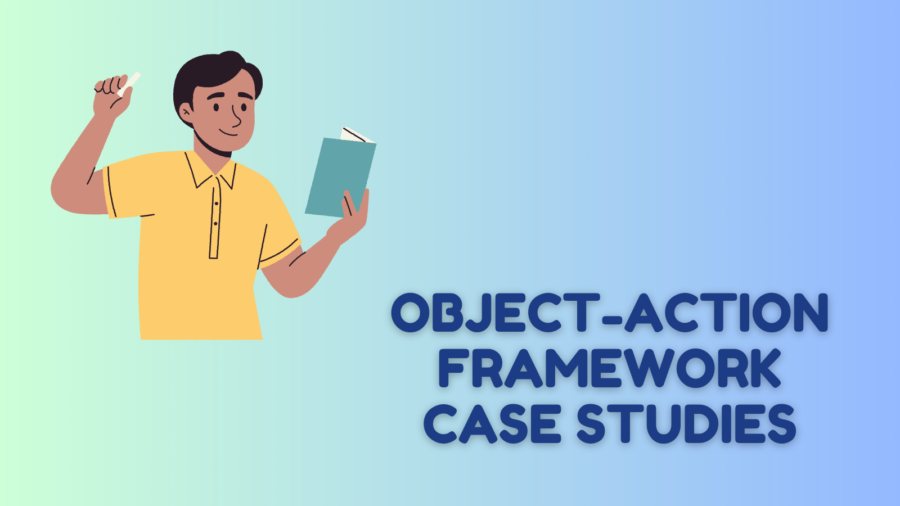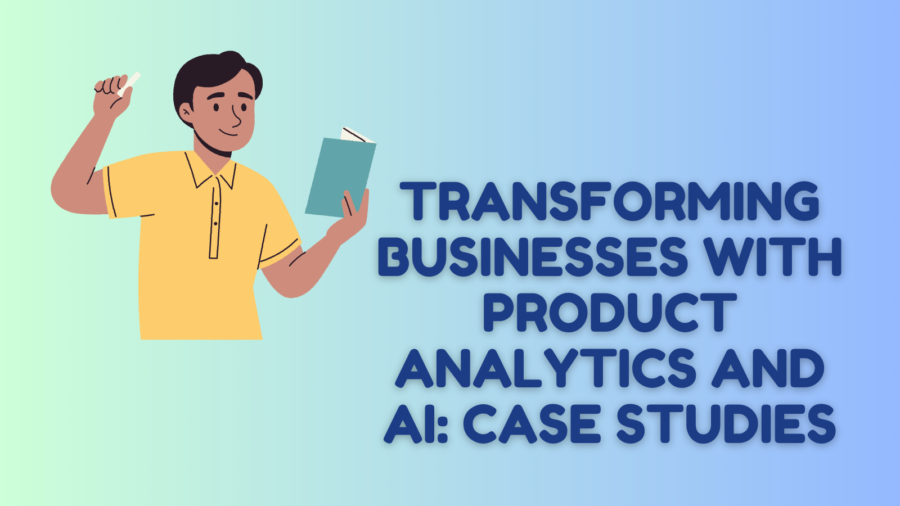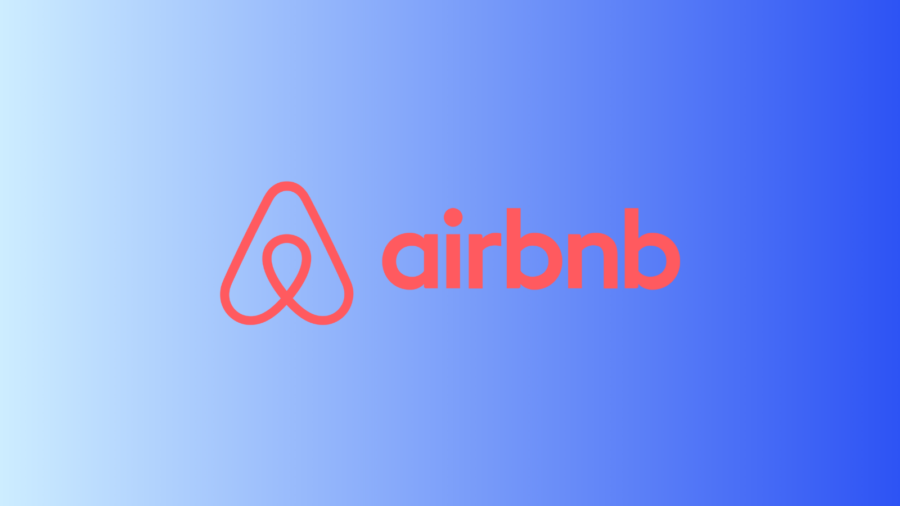Introduction
Companies worldwide are constantly exploring new methods to improve their products. One approach that has gained increasing prominence in recent years is the Object-Action Framework. This strategic model dissects user interactions with products into two fundamental components: objects (the elements users interact with) and actions (how users engage with these elements). By scrutinizing and optimizing these components, businesses can elevate their products to meet and exceed user expectations. This comprehensive article will delve into detailed case studies of companies that have effectively harnessed the Object-Action Framework to enhance their products.
- Apple Inc. – Revolutionizing User Experience
Apple Inc. stands as a testament to the power of user-centric design, and the Object-Action Framework played a pivotal role in its journey to excellence. Apple’s reputation for delivering exceptional user experiences was solidified with the launch of the iPhone in 2007.
Object: Apple introduced a groundbreaking object – the touchscreen smartphone. This innovation transformed how users interacted with their devices, replacing traditional physical keyboards and buttons.
Action: Apple’s innovative multi-touch gestures, including pinch-to-zoom and swipe, redefined how users interacted with the touchscreen. These actions made navigation and interaction more intuitive and responsive.
Outcome: By meticulously optimizing the object (touchscreen smartphone) and the associated actions (intuitive gestures), Apple set a new gold standard for smartphone usability. The iPhone’s unparalleled success showcases the transformative potential of the Object-Action Framework in enhancing user experiences.
- Airbnb – Personalizing the Booking Experience
Airbnb, the global online marketplace for lodging and travel experiences, has pioneered the Object-Action Framework to offer personalized and tailored experiences for its users.
Object: Airbnb’s central object is its platform, where users explore and book accommodations. They introduced the innovative concept of “wishlists” as a key object, enabling users to curate their travel preferences.
Action: Airbnb strongly emphasizes user actions such as searching, browsing, and saving properties to wishlists. Leveraging advanced AI and data analytics, the company meticulously tracks user interactions to discern their preferences and prioritize features that matter most to them.
Outcome: By refining the object (the platform and wishlists) and optimizing user actions (search and property-saving mechanisms), Airbnb provides highly personalized recommendations to users. This strategy significantly enhances the overall booking experience, resulting in heightened user engagement and satisfaction.
- Amazon – Streamlining E-commerce with Precision
Amazon, a global e-commerce juggernaut, has harnessed the Object-Action Framework to streamline the online shopping experience, setting new benchmarks in efficiency and convenience.
Object: Amazon’s primary object is its extensive product catalog, encompassing millions of items across diverse categories. Another critical object is the user’s shopping cart, where they aggregate items for purchase.
Action: Amazon meticulously focuses on user actions like searching, browsing, adding items to the cart, and completing the checkout process. The company leverages sophisticated algorithms to analyze user behaviors, predict preferences, and offer personalized product recommendations.
Outcome: By optimizing the object (product catalog and shopping cart) and fine-tuning user actions (search, recommendations, and checkout), Amazon has significantly enhanced the efficiency and convenience of online shopping. This approach has translated into increased sales and elevated customer loyalty.
- Slack – Transforming Team Collaboration
Slack, a leading team collaboration platform, has embraced the Object-Action Framework to redefine the landscape of workplace communication and productivity.
Object: Slack’s central object is the conversation, where teams exchange messages and collaborate. The platform also introduced features like channels, direct messages, and integrations as key components of its object.
Action: Slack significantly emphasizes user actions such as sending messages, creating channels, and integrating third-party apps. The platform continually refines its interface to make these actions more intuitive and efficient.
Outcome: By honing the object (conversations and collaboration tools) and optimizing actions (messaging, channel creation, and app integrations), Slack has become an indispensable tool in modern workplace communication. The platform has redefined how teams collaborate, fostering productivity and diminishing email clutter.
- Netflix – Personalized Entertainment at Scale
The global streaming giant Netflix leverages the Object-Action Framework to deliver personalized entertainment experiences to its subscribers, setting the bar high in the competitive streaming industry.
Object: Netflix’s primary object is its vast library of movies and TV shows. The platform also introduced the user profile as a central object, enabling each household member to enjoy a personalized viewing experience.
Action: Netflix meticulously focuses on user actions such as content search, viewing, rating, and playlist creation. The company employs sophisticated recommendation algorithms that analyze user preferences and viewing history.
Outcome: By optimizing the object (content library and user profiles) and refining actions (search, recommendations, and playlists), Netflix keeps subscribers engaged and satisfied. This approach has contributed significantly to its remarkable growth and dominance in the streaming industry.
The Ongoing Evolution
The compelling case studies of Apple, Airbnb, Amazon, Slack, and Netflix illustrate the transformative potential of the Object-Action Framework in reshaping user experiences and driving business success. These companies have excelled in optimizing objects and actions and cultivated an enduring commitment to user-centric design.
As technology advances and user expectations evolve, the relevance of the Object-Action Framework persists. In the foreseeable future, we can expect more companies to adopt and adapt this strategic model to create products that resonate with users profoundly. The journey towards product excellence never truly ends, but by embracing the Object-Action Framework, businesses can navigate this path with confidence, continuously evolving to meet the ever-changing needs and desires of their users.





